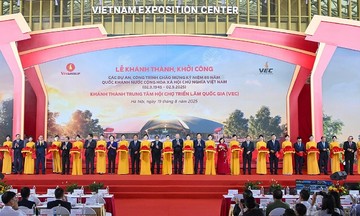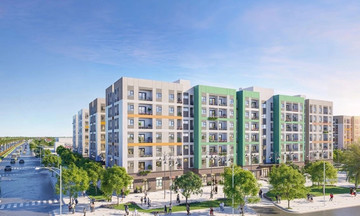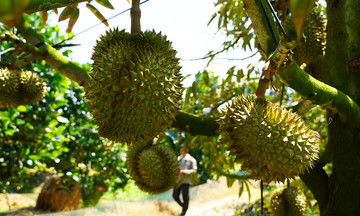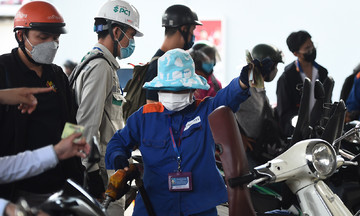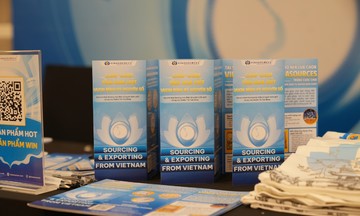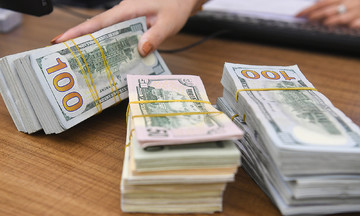This information was released by the Ho Chi Minh City People's Committee at its socio-economic meeting for the first 6 months, on the morning of 4/7. The 7.82% growth rate of the former Ho Chi Minh City in the first half of the year is higher than the same period last year (at 6.46%) and the highest since Covid-19.
The service sector contributed the most to the GRDP increase, rising by 8.58%. Total retail sales of goods and consumer service revenue for the 6 months reached an estimated 654,279 trillion VND, a 15.8% increase. Tourism recovered strongly, with total revenue up 27.3%. Both export and import turnover were higher than the same period last year, reaching 31.6 billion USD and 24.9 billion USD respectively.
Another important driver of the city's economic growth in the first half of the year was public investment disbursement of over 31,716 trillion VND, reaching 37.1% of the total plan, higher than the same period in both absolute value and percentage, and exceeding the set target by 10%. FDI capital also improved significantly, reaching nearly 2.7 billion USD, an increase of over 123%.
The industrial and construction sectors continued to expand, growing by 6.7%. The manufacturing sector started to accelerate from March, when output and new orders increased for the first time since the beginning of the year. Over the first 6 months, the index of industrial production (IIP) increased by 8.6%, higher than the same period last year (5.6%).
However, the business environment has not fully recovered. The number of businesses withdrawing from the market increased slightly, while new establishments decreased by 25.1% in quantity and 51.4% in registered capital. A positive sign is that existing businesses increased their capital by 81.9% compared to the same period. As a result, the total registered and supplemental capital of enterprises in the first 6 months was over 410,400 trillion VND, an increase of 5.2%.
The GRDP of Ho Chi Minh City after merging with Binh Duong and Ba Ria - Vung Tau is estimated to have grown by 6.56% (including crude oil) and 7.49% (excluding crude oil). The growth of the former Binh Duong province reached 8.3%, while the former Ba Ria - Vung Tau province reached 2.61% (including crude oil, a decrease of 2.24%).
Total retail sales of goods and service revenue of the new Ho Chi Minh City increased by 16.2%, attracting over 5.2 billion USD in FDI, with public investment disbursement reaching 32% of the plan assigned by the Prime Minister.
Nguyen Van Duoc, Chairman of the Ho Chi Minh City People's Committee, assessed the overall situation in the first half of the year as positive. However, he predicted challenges for the last 6 months due to US countervailing duties. He requested agencies to assess the impact of this policy on local growth and whether it will ensure the 8-8.5% target.
The economic hub aims to continue creating a favorable business environment, promoting the development of the private sector as the most important driving force of the economy. At the same time, the city will strengthen connections between private enterprises, state-owned enterprises, and FDI, promoting the formation of regional and global supply chains.
The locality will review and complete the list of investment attraction projects of the three localities before the merger to promote and attract investment in priority industries such as: international transshipment ports, innovation centers, research and development (R&D) centers, new materials technology, clean energy, semiconductor integrated circuit industry, design technology, manufacturing of components, integrated circuits (IC), flexible electronics (PE), chips, and new battery technology.
Vien Thong



